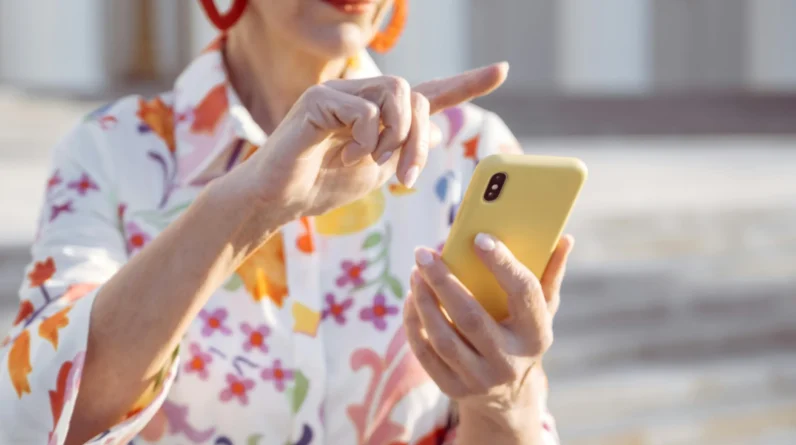
I don’t know about you, but I’ve got some behaviors that I’d love to change. You may feel the same way.
When you’ve got negative feelings to contend with, learning about the anchoring technique will suit you well.
Anchoring is a neuro-linguistic programming (NLP) technique used by many people to foster emotional and behavioral change.
Think about how you automatically stop when you approach a stop sign. You really don’t even think about it; you just come to a complete stop.
The reason this occurs is because over time you’ve learned subconsciously that a stop sign means “Stop”, so that sign acts as an anchor. The stop sign is a stimulus, and your stopping is the response.
Pavlov’s Dog
There is a well-known psychological experiment that models this well.
Ivan Pavlov used dogs in his experiments to theorize that we can condition responses by providing certain stimuli. What Pavlov did was sound a bell just before he would feed the dogs. He did this repeatedly and then eventually, just the ringing of the bell would cause the dogs to salivate.
The bell was the stimulus, and the salivating was the response, whether food was present or not. The sound of the bell became the dogs’ anchor.
Many of us have automatic emotional states similar to this.
We may feel sad and not even sure why, but perhaps something triggered it. Maybe a certain smell or tone of voice by a loved one. These are considered anchors that can cause one to feel that sadness without even realizing what is occurring.
The good news is that we can learn to use anchors to change emotions, behavior, and stay focused.
Anchoring for Anxiety and Stress
Let’s take anxiety and stress for example.
We tend to carry stress and anxiety in the body quite frequently and chronic stress can create a myriad of problems. You no longer have to be prey to such anxiety and stress when you learn how to use anchors consistently.
First, think about an occurrence in your life where you were super-duper happy.
Maybe the day you got married or had a baby. Or perhaps when you hit that home run that won the big game. Now, picture yourself there and really pay attention to details.
- What does it smell like?
- How are you feeling?
- Who is there?
Get in touch with your senses. Take a few minutes and really begin to feel the emotions that you were feeling then. Smile, laugh, and allow your heart to open and be filled with love and peace.
When you feel that your good feelings are at their peak:
- place your fingers or hand somewhere on your body for a few seconds or
- rub two fingers together for a few seconds
- then, let go and count to 10
What you’ve done is just anchored those positive feelings. What you can do when you’re feeling anxious or highly stressed is to repeat that anchor (whatever you chose to do) and those happy and peaceful feelings should return, helping you to get through the anxious event.
Anchoring: Keep Your Focus
Now that you understand a little bit about anchoring, keep in mind that you can do this when it comes to keeping your focus too.
Let’s say you want to get your degree in nursing, yet you get anxious when you think about all the steps you need to take in order to get the ball rolling. You tense up and get scared when you think about applying to the school, picking classes, going to class, financing your education, and so on.
Now, use the anchoring technique to help you stay focused on each task one at a time.
Make a list of the steps you need to take and then just before you are to perform each one, use your anchoring technique. You’ll be surprised at how effective anchoring can be and eventually you may not even have to use the technique, as you’ll become more confident along the way.
Reprogramming Your Brain with Anchoring
If you want to learn more about anchoring, look into NLP.
This field of study has been very effective at helping people make little and big changes. You deserve to live the kind of life you desire, so learning various tools and techniques to help will help you to do so.
Give anchoring a try when it comes to changing emotions or behavior and staying focused on your goals.
You’ve got this!
Photo by RDNE Stock project







